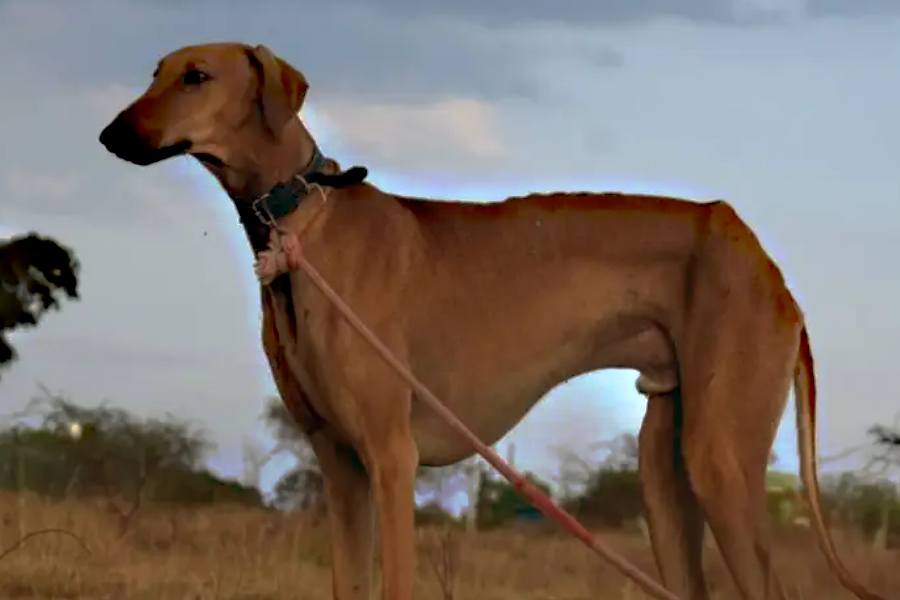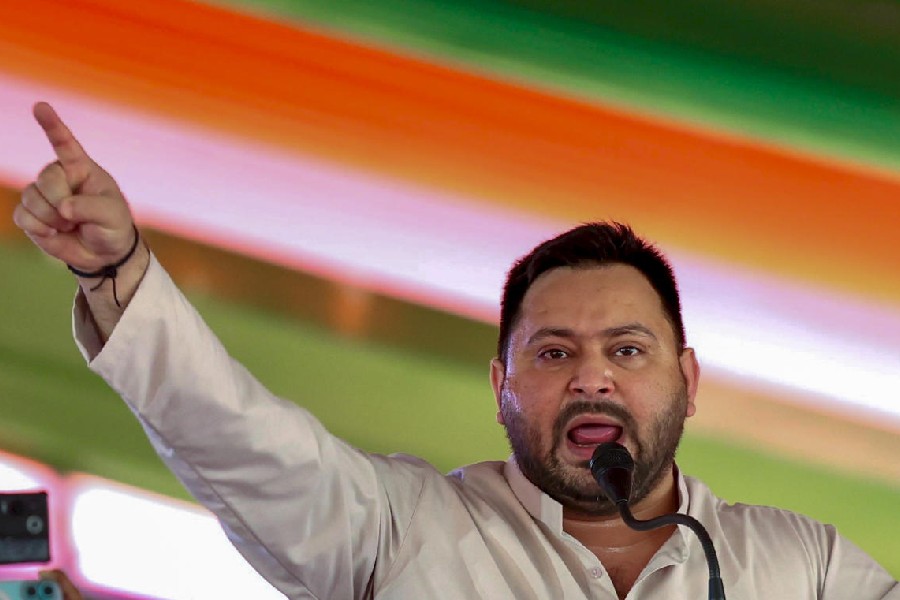 |
Ayan is his mother’s best friend. Now that Indrani Basu’s husband has been posted to Belgium, it is with Ayan that she goes for films and dinners.
The teenager is a special child. When he was a little over four, his parents learnt that he suffered from autism, a developmental brain disorder that affects basic skills needed for social interaction. Today, Ayan, who is attending a school run by the non-profit Action for Autism in New Delhi, has come a long way from the “difficult child” he was 10 years ago.
“He is very happy here,” says Basu, who is an instructor at the school, Open Door. Ayan’s comfort level at the centre prompted her to stay back in Delhi rather than join her husband who is on an assignment with a multinational firm.
Welcome to Planet Autism, of which an estimated two million Indians are inhabitants. But according to new statistics the figure may be as high as six million.
Autistic people lack the skills that are required to “connect” to the outside world. They can hear, see and feel, yet have difficulty in understanding and expressing what the senses tell them.
As Merry Barua, the brain behind Action for Autism, stresses, most of those affected repeat words and phrases instead of responding to queries and display emotions for no apparent reason. Among autistic people, the intensity of disorder varies; some are mildly affected, while social and communication skills in others are severely compromised. As a result, the disorder, depending on the severity, is described by different names, but is broadly called autistic spectrum disorders.
There hasn’t been any official study to estimate the prevalence of the disorder in India. But the UN statistics released on World Autism Day on April 2 show that irrespective of nationality and ethnicity, one in 150 is estimated to be autistic. Earlier this month, an international autism watch group — Autism Speaks — engaged three Indian groups, including Action for Autism, for a detailed study on the prevalence of autism in India.
“If you go by these statistics, there may be as many as six million autistic people in India,” says S. Saleem Ahmed, secretary of the Society for Autistics in India, an organisation of parents of autistic children in Bangalore. “Unfortunately, not even five per cent will get any assistance.”
He says those born to educated, urban families are better off as their parents are quick to spot unusual behaviour patterns, making it possible for them to undergo training in special schools. Those in rural areas are seldom diagnosed and suffer all their lives. Their inability to communicate is usually attributed to mental retardation.
Both Ahmed and Barua lament the government’s indifference to autistic people. The Persons with Disability Act of 1995 does not recognise autism as a disability. As a result, virtually no state resources are available for rehabilitating autistic people. “Whatever facilities that you see in India have been started by parents of such special children,” says Ahmed.
Yet, for every autistic person, there are three to four others — fathers, mothers and siblings — who suffer. “If there are six million autistic Indians, another 20-24 million people are directly affected by autism. That is more than two per cent of the population,” says Ahmed.
The exact cause of autism is not known. But studies have shown that it could be caused by a combination of genetic and environmental factors. Scientists estimate 100 or more genes are involved in autism. “Genes definitely play a big role,” says Aravinda Chakravarti, professor at the Johns Hopkins School of Medicine in Baltimore, US. Chakravarti and his colleagues showed how a variation in a gene that makes a protein to help brain cells communicate may raise the risk of developing autism. Though he doesn’t think a cure is possible in the near future, he says scientists have learnt a lot about the disease in recent years.
Knowing about your genetic vulnerability can alert a child’s family and any “abnormality” can be detected early enough so that the impact can be minimised. The brain evolves the most till the age of five and many congenital shortcomings can be reduced through proper training and rehabilitation, experts argue.
The signs of autism normally begin to set in around the age of three. For every four male autistic children, there is one female autistic child — though it’s not known why boys are affected more by the disorder.
Autism is not curable, but experts stress that every child who receives help will progress. “We have seen children travelling amazing distances. However, some will progress more than others,” says Barua.
Scientists all over the world are working hard to see whether they can get clues to social and communication deficits in an infant brain. Scientists led by Mel Rutherford at the McMaster University in Canada have been trying to measure eye direction of infants using an eye-tracking technology since 2005. Though it cannot be a diagnosis, the technology helps in initial screening.
An equally promising study from the Yale School of Medicine reported last October that two-year-olds with autism would look significantly more at the mouths of others and less at their eyes than a typically developing toddler. The less they focused on the eyes, the more severely disabled they were.
“Medical intervention can help treat symptoms and associated problems such as depression and seizures,” says Barua. “Such medication helps children learn better as they undergo rehabilitation therapies. But the primary way to help a child is to give him or her appropriate education,” she says.
Rehabilitation of autistic children is also becoming more sophisticated. N. Jamuna, a clinical psychiatrist at the National Institute of Mental Health and Neurosciences, Bangalore, says that emerging technologies can help in bridging gaps in social and communication deficits.
Neurofeedback, for instance, is a technology that observes how the brain works from moment to moment. When children play video games, their focus is rewarded by movements on the screen and special sounds. If attention wanes, the image on the screen slows, sounds stop and the colour changes until more attention is given to the image. As this occurs, researchers watch another screen that monitors brainwave activity.
The technology has helped an 18-year-old autistic girl in Bangalore, who attended 80 sessions of 20 minutes over one year. “According to her parents, there is a 60 per cent improvement in the girl’s communication and social skills,” Jamuna says, adding that her team is yet to carry out an objective evaluation as it has planned 40 more sessions.
For autistic people, there is light at the end of the tunnel. The tunnel is long and the light is dim. But the glimmer beckons.
DANGER SIGNS
When a child should be screened for autism
- No big smiles or other joyful expressions by six months
- No babbling by 12 months
- No words by 16 months
- Rarely makes eye contact while engaged in conversation
- Doesn’t point to things the child wants or is interested in
- Prefers to play alone
- Doesn’t make attempts to get parents’ attention; doesn't look when someone is pointing at something
- Repetitive movements with objects
- Odd or repetitive ways of moving fingers or hands
- Oversensitive to certain sounds or lights










